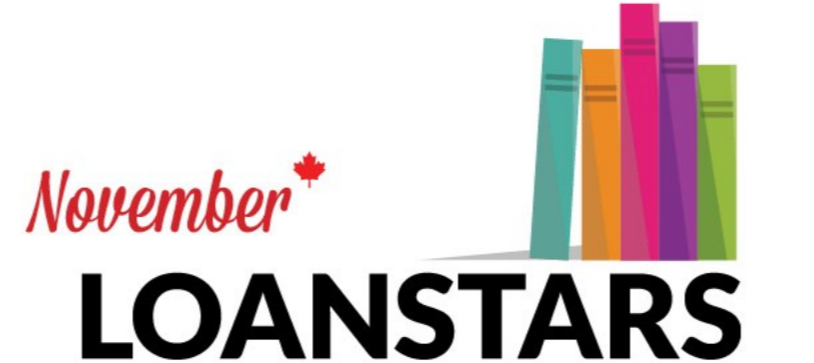Wondering how BookNet can help optimize your time while improving your operations? The Easier with BookNet blog series is here to show you how our products and services are designed to achieve that and more.
BookNet has built solutions that benefit library staff, booksellers, publishers, literary agents — pretty much everyone in the book industry. We take our stakeholders' needs into consideration and are always open to hearing suggestions for improvements and additional features.
Today, we’re going to be talking specifically about LibraryData and how, among many other things, this service can help you identify trends and patterns in borrowing behaviour to ultimately:
make better acquisition decisions;
spend money in a strategic way; and
keep patrons engaged.
Today, we’ll show how you can use the Popular Books Report to identify items with low circulation that might be candidates to weed.
1. To start, navigate to the Popular Books criteria screen.
2. Select your library’s aggregate using the Add/Edit aggregate selector. You can select to see data across your whole library system, or across one specific branch.
3. Set your reporting period. “Lifetime” will give you the entire period your library has been reporting data to SalesData. You can also select a custom range of dates by clicking each date box to set the start and end period you like.
4. Set your row limit — this is the number of items that will return in the report.
5. Set your “Rank by highest” setting to “Loans”.
…and don’t stop here! Keep scrolling down until you see the next set of filters we need.
6. In the “Loans” range, set both the minimum and the maximum number of loans to “0”. This will highlight items with no checkouts in the date range you selected in step three.
* If you’d like to limit your report to a specific subject category, you can! Use the Add/Edit subjects button to select the subjects you wish to limit to.
7. Run your report.
On the results screen, you’ll see titles with zero loans in the time period you selected. If you click the “Copies Owned” column heading, the report will re-sort with the highest number of copies owned at the top — these are titles that haven’t circulated that you own the most copies of!
Bonus tip:
Have you recently weeded a specific category or collection and wondered if that weeding has impacted the circulation activity? Use the Trend Analysis report to select the subject(s) you weeded, then view the circulation over time to see if borrowing in that category has remained at the same level, gone up, or gone down.
But this is not all! With LibraryData you can generate a Collection Gaps report, as well as a Book Activity report. To find out more about what LibraryData has to offer, including these two reports, check out our user documentation.
Stay on top of all things BookNet by subscribing to our weekly newsletter, eNews, and read past instalments of the Easier with BookNet series here.
















Happy holidays!